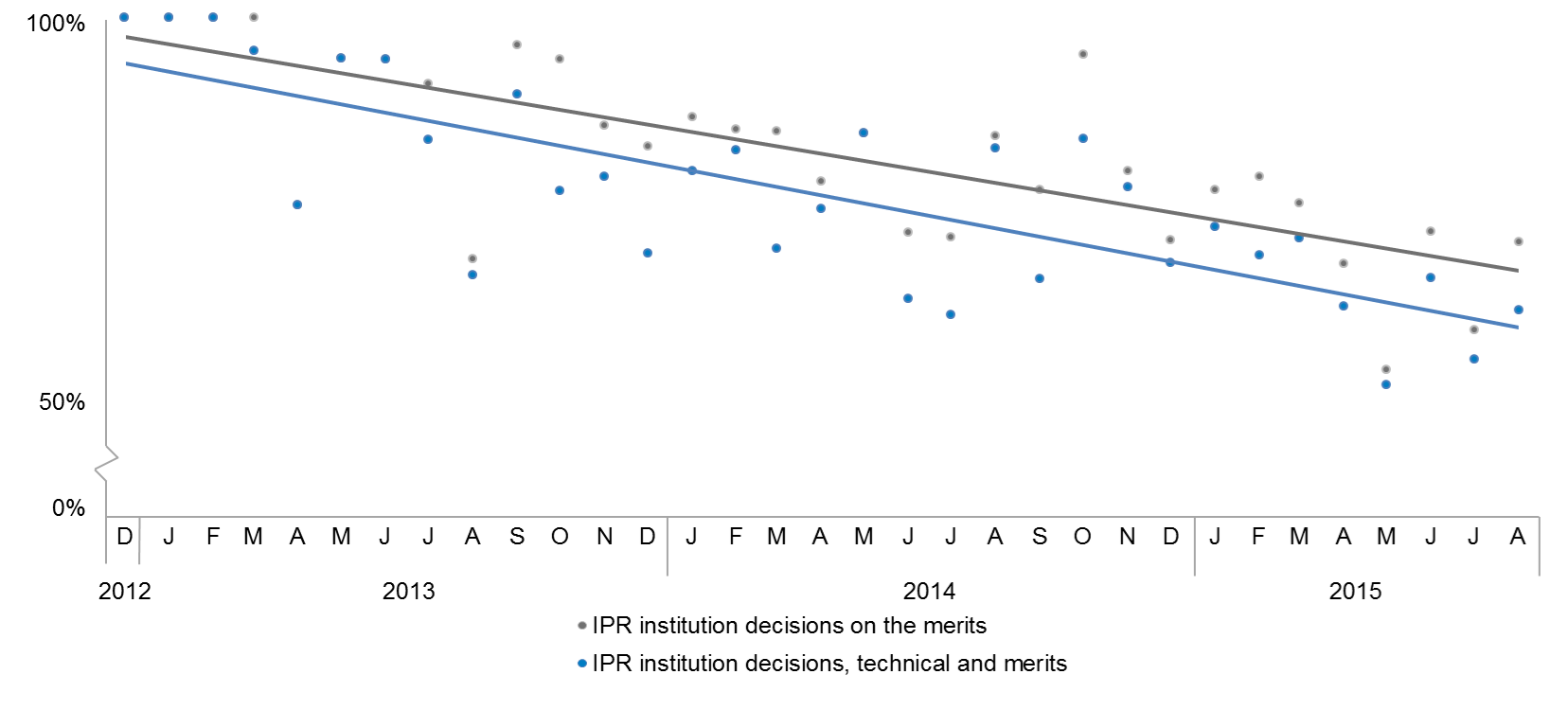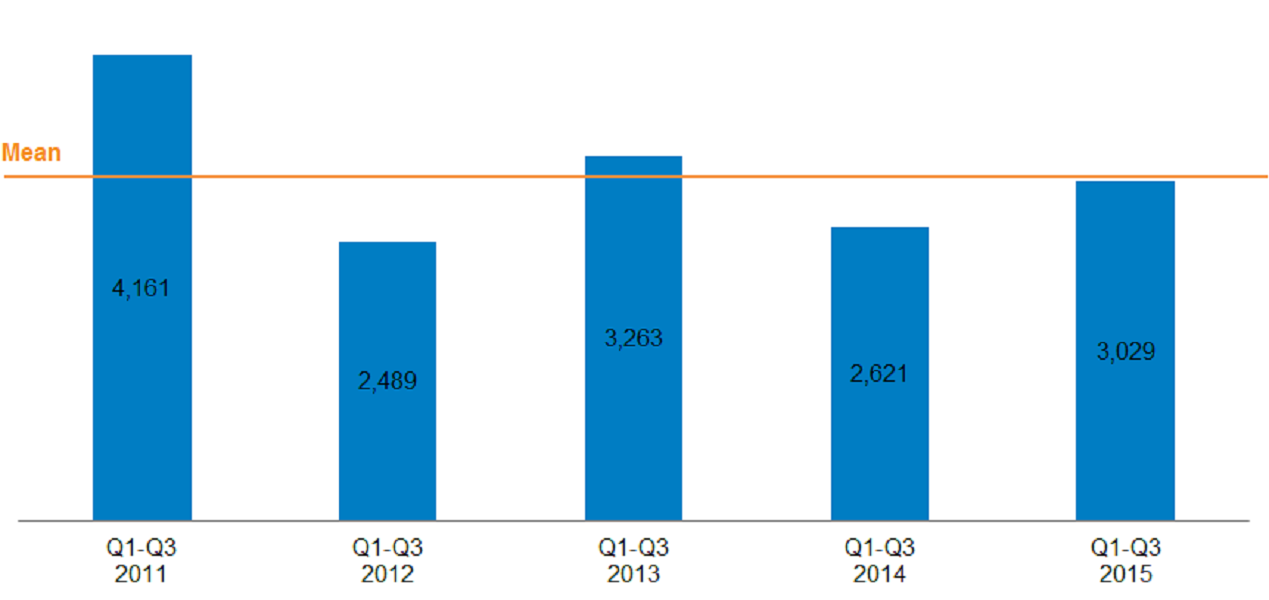In 2011, Congress passed legal reforms aimed at bringing greater balance to a system that puts defendants in patent troll lawsuits at an immediate, significant cost disadvantage, regardless of a case’s relative strength or weakness. One of those reforms created what’s now commonly known as an IPR—or an “inter partes review”. This procedure was designed to allow a party to quickly challenge—attempt to disprove the validity—of a patent. Proving the patent invalid undermines any infringement claim, and, if successful, effectively ends the litigation.
This tool has been helpful in many respects, particularly for larger companies with fully staffed legal departments or deeper resources to spend on specialized outside counsel. However, for smaller organizations, an IPR may not be a viable lifeline in a troll suit. Why?
A short cut—but still a journey
By law, an IPR can only last 18 months, from the filing of a petition to its conclusion. That’s speedy compared to traditional district court litigation. But to most companies with limited legal resources, 18 months is still a long time to be distracted by litigation.
Affordability is relative
Preliminary data show that, on average, an IPR campaign (challenging one or more claims in a patent) can cost about $278,000 even before a defendant’s petition is accepted by the Patent Trial and Appeal Board (PTAB) for hearing. By final written decision, a campaign can cost upwards of $500,000.
Again, larger companies or those with more extensive legal resources may be able to bear this expense—and more experienced defendants with mutual interests may collaborate on an IPR campaign, sharing costs. For other companies, though, IPRs may be overwhelmingly cost-prohibitive despite their advantages.
No guarantee of success
As in all legal proceedings, results are never a lock. IPRs are no different. In fact, recent data show that the PTAB, over time, has been instituting relatively fewer petitions—rejections often based on technicalities, as well as whether a challenge to a patent actually merits review (Figure 2).
Figure 2: A Downward Trend—Institution of IPR Petitions

In addition, for those patents that do proceed through the IPR process, many PTAB decisions are split—some claims are deemed valid while others are found invalid. Therefore, even successful IPRs are sometimes an incomplete solution to litigation.

